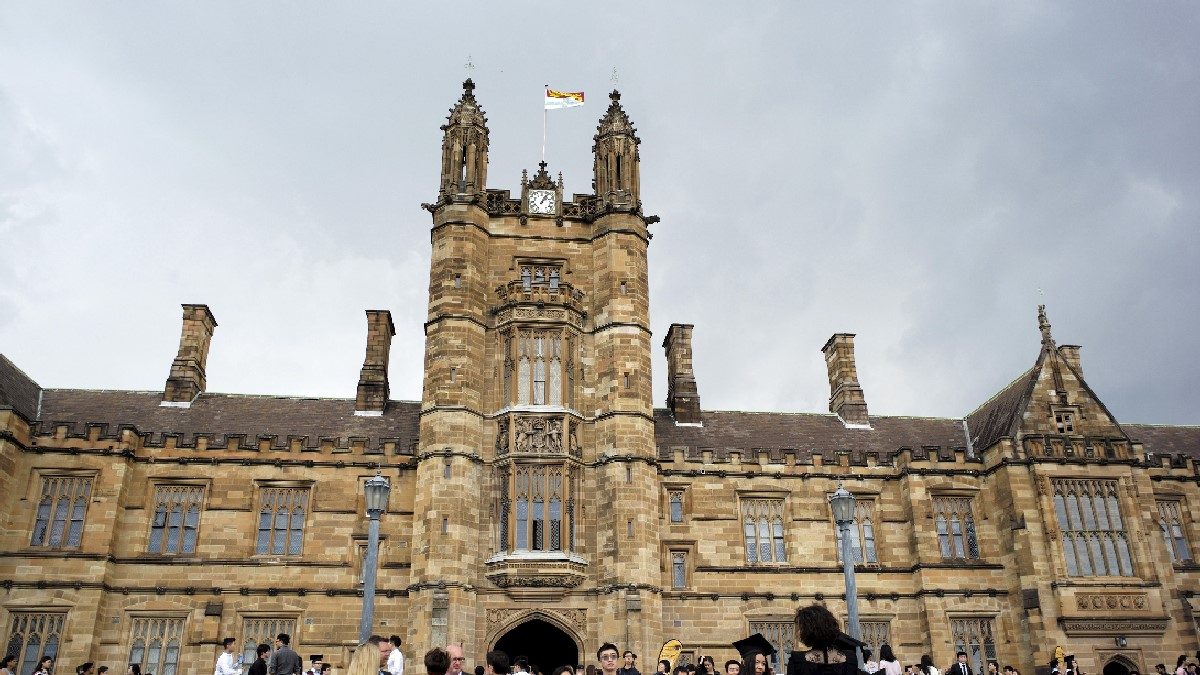Australia’s recent decision to impose a cap on international student enrollment, limiting it to 270,000 by 2025, has sparked considerable debate and apprehension within the education sector. This move, which applies to both higher education and vocational courses, aims to control the influx of international students and potentially address concerns about resource strain and quality of education. However, it has also drawn criticism for its potential impact on international student diversity, access to education, and the Australian economy.
The Rationale Behind the Cap
The Australian government justifies the student cap as a necessary measure to manage the rapid growth in international student numbers and ensure the sustainability of the education system. The rationale behind this decision is multifaceted, encompassing issues like resource allocation, quality assurance, and economic considerations.
Resource Allocation and Sustainability:
With the increasing number of international students, concerns about the availability of resources, such as infrastructure, staff, and learning materials, have risen. The cap aims to ensure adequate resources are available to cater to both domestic and international students, promoting a balanced and sustainable learning environment. The Australian government argues that the cap will enable a more balanced distribution of resources, mitigating potential strains on infrastructure and faculty capacity.
Quality Assurance and Academic Standards:
Concerns about the impact of a large influx of international students on the quality of education have also fueled the debate. The government argues that a cap helps maintain high academic standards by enabling institutions to manage the student-to-faculty ratio more effectively and ensure quality teaching and learning experiences for all students. This, they argue, safeguards the reputation of Australian education institutions on a global stage.
Economic Considerations and Job Market:
The Australian government has also indicated a focus on economic considerations. They claim that the cap will help control the flow of foreign currency into the economy, which in turn, helps manage inflationary pressures. Moreover, they contend that prioritizing vocational education and training (VET) over higher education will align student intake with the evolving needs of the Australian workforce, contributing to a skilled and adaptable workforce.
Concerns Arising From the Cap
While the Australian government has presented its rationale, the cap has met with significant criticism from various stakeholders, particularly from education providers, industry bodies, and international students.
Impact on International Student Diversity and Access to Education:
The most prominent concern revolves around the potential impact of the cap on international student diversity and access to quality education. Critics argue that limiting enrollment will hinder the vibrant multicultural environment fostered by international student participation. They also point to the detrimental effect on students from underrepresented regions, potentially hindering their opportunity to study in Australia.
Implications for Education Providers:
The cap is perceived by many education institutions, particularly private universities and vocational training providers, as a threat to their financial stability. The reduced international student intake could lead to financial losses, potentially impacting investment in research and development and other crucial areas.
Economic and Cultural Impacts on Australia:
The cap has also raised concerns about its wider economic and cultural impact on Australia. International students are significant contributors to the Australian economy, generating billions of dollars annually in tuition fees and living expenses. The reduction in international students, it is argued, could result in a loss of valuable revenue and a slowdown in economic growth. Moreover, limiting international student participation could restrict the cross-cultural exchange and global perspectives that contribute to a vibrant and inclusive society.
A Look at the Numbers
The Australian government has implemented a clear allocation for the 270,000 student cap:
- Public Universities: 145,000
- Private Universities and non-higher education institutions: 30,000
- Vocational Education Sector: 95,000
This distribution reveals a clear focus on prioritizing VET over higher education. However, this approach has raised concerns about potential disadvantages to students pursuing higher education and the possible consequences for the research and innovation landscape in Australia.
The Response of Education Institutions
The announcement of the cap has drawn immediate reactions from major education institutions across Australia. While some institutions have accepted the cap and have begun to adjust their enrollment strategies, many, including the prestigious Group of Eight (Go8) universities, have voiced strong opposition to the cap. They argue that the cap is a short-sighted and damaging policy, pointing out that the unexplained nature of the chosen figure undermines the legitimacy of the cap.
Take Away Points
The Australian government’s decision to implement a cap on international student enrollment has stirred a heated debate. While the government argues that the cap is essential for ensuring the sustainability and quality of Australian education, critics express concerns about its impact on international student diversity, access to education, and the overall economy. Ultimately, the long-term impact of the cap remains to be seen, but its potential repercussions on Australian universities, international student aspirations, and the wider socio-economic fabric of Australia will continue to be debated and analyzed in the months and years to come.




